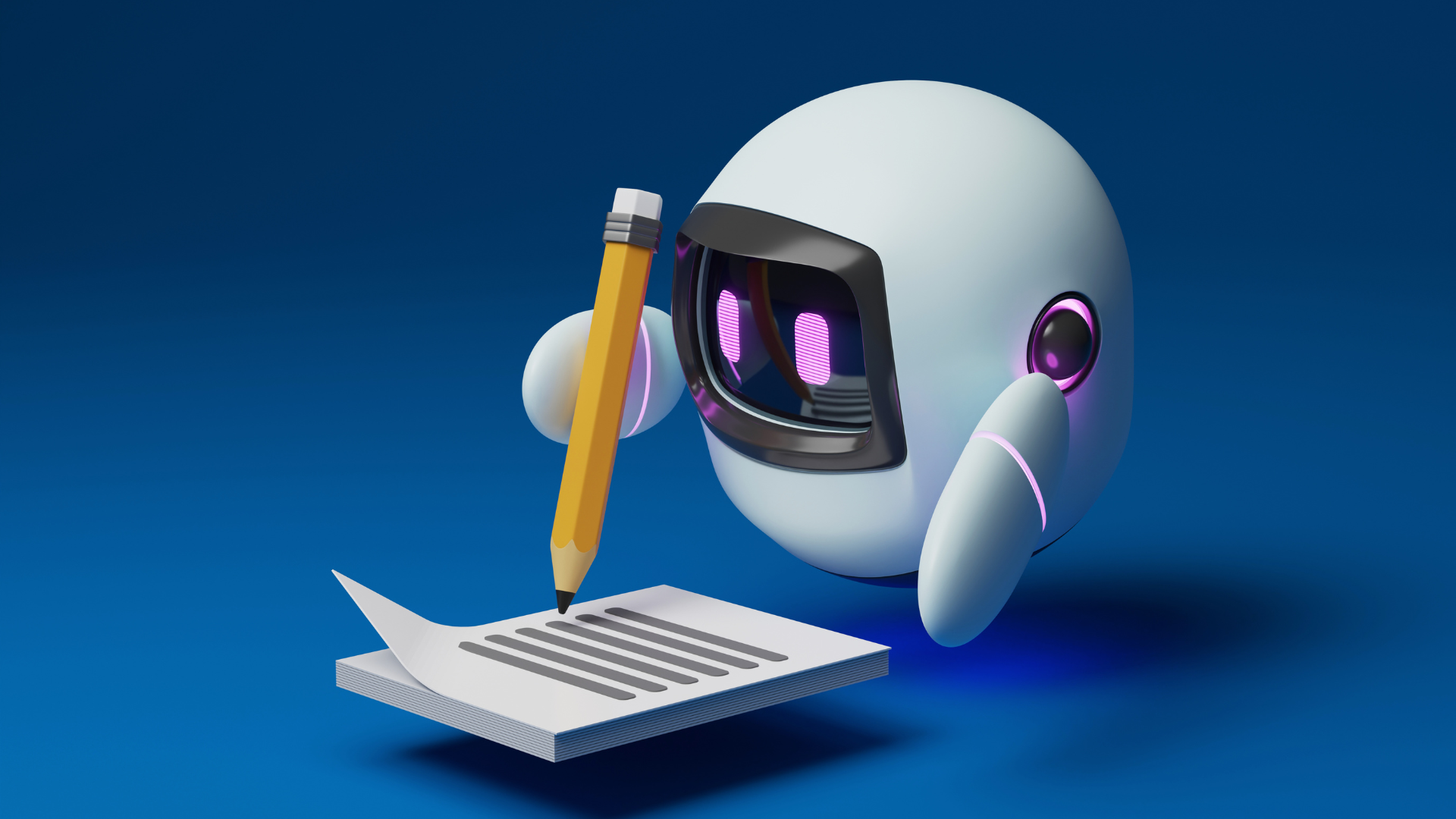Table of Contents
- Introduction
- Understanding Chatbots
- Breaking Down Customer Experience
- Transforming Customer Service with Chatbots
- Leveraging Chatbots for Lead Generation
- Chatbots as Interactive Brand Ambassadors
- Overcoming Challenges and Limitations
- Real-world Examples of Successful Chatbot Integration
- Best Practices for Chatbot Implementation
- Ethical Considerations in Chatbot Usage
- Future Trends and Innovations in Chatbot Technology
- Summary: Reinventing the Customer Experience
- FAQ
Introduction
The evolving landscape of customer experience
- In today’s digital age, customer experience has become a key differentiator for businesses.
- Customers now expect seamless and personalized interactions with brands.
- Traditional customer service and lead generation methods are no longer sufficient to meet these expectations.
The rise of chatbots as game-changers
- Chatbots have emerged as powerful tools in transforming the customer experience.
- These AI-powered virtual assistants are revolutionizing the way businesses interact with their customers.
- Chatbots have the potential to enhance customer service and drive lead generation.
Understanding Chatbots

Defining chatbots and their capabilities
- Chatbots are computer programs designed to simulate human conversation through text or voice interactions.
- They are trained to understand and respond to user queries in a conversational manner.
- Chatbots can automate tasks, provide instant responses, and offer personalized experiences.
Evolution of chatbots: from simple to sophisticated AI assistants
- Chatbots have come a long way from simple rule-based systems to sophisticated AI assistants.
- Early chatbots relied on predefined rules and scripted responses.
- Advancements in AI and natural language processing have enabled chatbots to learn, adapt, and provide more intelligent responses.
Breaking Down Customer Experience

Importance of superior customer experience
- Superior customer experience is crucial for building brand loyalty and driving customer satisfaction.
- Positive customer experiences lead to increased customer retention and advocacy.
- Businesses that prioritize customer experience gain a competitive edge in the market.
Identifying pain points in traditional service and lead generation
- Traditional customer service often involves long wait times, repetitive processes, and limited availability.
- Lead generation efforts can be time-consuming and rely heavily on manual data collection.
- These pain points can result in frustration for both customers and businesses.
Transforming Customer Service with Chatbots

Benefits of using chatbots in customer service
- Chatbots can provide instant responses and support, eliminating the need for customers to wait.
- They can handle a large volume of queries simultaneously, improving response time and efficiency.
- Chatbots can also offer 24/7 availability, ensuring customers can get assistance whenever they need it.
Enhancing response time and efficiency
- Chatbots can process and analyze customer queries in milliseconds, providing quick and accurate responses.
- This reduces the need for customers to wait for human agents, improving overall response time and customer satisfaction.
- Efficiency is enhanced as chatbots can handle routine queries, freeing up human agents to focus on more complex issues.
Personalization and tailored interactions with chatbots
- Chatbots can gather and analyze customer data to provide personalized recommendations and assistance.
- By understanding customer preferences and purchase history, chatbots can offer tailored solutions.
- This personalized approach creates a more engaging and satisfying customer experience.
Leveraging Chatbots for Lead Generation

Empowering lead generation through chatbots
- Chatbots can actively engage with website visitors and initiate conversations to capture leads.
- They can collect contact information, qualify leads, and nurture them through automated interactions.
- Chatbots can help businesses streamline their lead generation efforts and increase conversion rates.
Capturing and qualifying leads seamlessly
- Chatbots can collect relevant lead information through interactive conversations.
- By asking targeted questions, chatbots can qualify leads based on predefined criteria.
- This makes lead capturing and qualification a seamless and efficient process.
Nurturing leads with strategic chatbot conversations
- Chatbots can engage leads through personalized conversations, providing relevant information and resources.
- By nurturing leads with strategic follow-ups, chatbots can guide them through the sales funnel.
- This automated lead nurturing process can increase conversion rates and drive revenue growth.
Chatbots as Interactive Brand Ambassadors
Creating brand personality through chatbots
- Chatbots can be designed with a unique brand personality and tone of voice.
- By using language and terminology that aligns with the brand, chatbots become virtual brand ambassadors.
- This consistent brand representation strengthens brand identity and recognition.
Building trust and brand loyalty
- Chatbots can establish trust by providing accurate and helpful information to customers.
- By consistently delivering high-quality service, chatbots can build customer loyalty.
- Customers who have positive interactions with chatbots are more likely to become brand advocates.
Humanizing the chatbot experience
- Chatbots can incorporate conversational interfaces and natural language processing to create a human-like experience.
- They can use empathy and understanding to engage customers in meaningful conversations.
- Humanized chatbot experiences make customers feel valued and understood.
Overcoming Challenges and Limitations
Addressing potential pitfalls of chatbot implementation
- Chatbots may sometimes struggle with understanding complex or ambiguous queries.
- They can encounter difficulties in accurately interpreting user intent, leading to incorrect responses.
- Proactive monitoring and continuous improvement are essential to mitigate these challenges.
Balancing automation with human intervention
- While automation is key to chatbot efficiency, human intervention is crucial for handling complex scenarios.
- Businesses must strike a balance between automation and human support to ensure optimal customer experience.
- Human agents can step in when chatbots are unable to provide satisfactory solutions.
Training chatbots to handle complex queries effectively
- Chatbots can be trained using machine learning algorithms to improve their understanding of complex queries.
- By exposing chatbots to a diverse range of conversational data, they learn to handle more complex scenarios.
- Continuous training and improvement are necessary to ensure chatbots can effectively handle various customer queries.
Real-world Examples of Successful Chatbot Integration
Industry-specific case studies (e.g., e-commerce, banking, healthcare)
- In e-commerce, chatbots have been used to assist customers with product recommendations and order tracking.
- Chatbots in the banking industry provide account balance inquiries and transaction assistance.
- Healthcare chatbots can perform symptom assessments and provide basic medical advice.
Measurable impact on customer satisfaction, conversions, and revenue
- Businesses that have integrated chatbots report improved customer satisfaction scores.
- Chatbots have been shown to increase website conversions and lead generation rates.
- Revenue growth is often attributed to improved customer experience facilitated by chatbot interactions.
Best Practices for Chatbot Implementation
Designing user-centric chatbot experiences
- Chatbots should be designed with the user in mind, focusing on simplicity and ease of use.
- User testing and feedback should be incorporated into the design and development process.
- Clear and intuitive user interfaces enhance the chatbot experience.
Integration with existing systems and platforms
- Chatbots should seamlessly integrate with existing CRM systems and customer databases.
- Integration allows chatbots to access customer information and provide personalized responses.
- Compatibility with popular messaging platforms enables wider reach and accessibility.
Continuous tracking, evaluation, and improvement
- Regular monitoring and analysis of chatbot conversations provide insights into user behavior.
- Evaluating chatbot performance helps identify areas for improvement and optimization.
- Continuous updates and enhancements are necessary to keep chatbots up to date with evolving customer needs.
Ethical Considerations in Chatbot Usage
Ensuring privacy and data security
- Chatbot interactions must comply with privacy regulations and protect user data.
- Stringent security measures should be implemented to safeguard personal information.
- Transparent data handling practices build trust and reduce privacy concerns.
Dealing with sensitive customer information
- Chatbots should be trained to handle sensitive customer information responsibly.
- Encryption and secure data transmission protocols should be employed when transferring sensitive data.
- Compliance with industry-specific regulations is crucial when dealing with sensitive customer data.
Transparency and disclosure in chatbot interactions
- Users should be informed when they are interacting with a chatbot rather than a human agent.
- Clear disclosures help manage user expectations and avoid misleading perceptions.
- Transparency builds trust and ensures ethical chatbot usage.
Future Trends and Innovations in Chatbot Technology
AI advancements shaping the future of chatbots
- Natural language processing algorithms are becoming more sophisticated, enabling chatbots to understand complex queries.
- AI advancements in machine learning and deep learning are improving chatbot comprehension and response accuracy.
- Contextual understanding and contextual memory are areas of focus for future chatbot development.
Conversational interfaces and voice assistants
- Conversational interfaces are becoming more prevalent, allowing users to interact with chatbots using voice commands.
- Voice assistants with chatbot capabilities, such as Amazon’s Alexa, are gaining popularity.
- Voice-driven chatbots provide a more intuitive and hands-free user experience.
Hybrid models: human assistance blended with chatbot capabilities
- Hybrid models that combine chatbot automation with human intervention are emerging.
- Chatbots can handle routine and repetitive tasks, while human agents provide support for more complex queries.
- This combination ensures efficiency while maintaining a personalized and human touch.
Summary: Reinventing the Customer Experience
Recap of the transformative impact of chatbots
- Chatbots have transformed customer service and lead generation by providing instant and personalized interactions.
- They have improved response time, efficiency, and customer satisfaction.
- Businesses that embrace chatbot technology have gained a competitive advantage in enhancing the customer experience.
Key benefits for customer service and lead generation
- Chatbots enhance customer service by providing quick and accurate responses, 24/7 availability, and personalized interactions.
- They empower lead generation efforts by capturing and qualifying leads seamlessly, nurturing them through strategic conversations.
- These benefits lead to increased customer satisfaction, higher conversion rates, and improved revenue growth.
Looking ahead to a chatbot-driven future
- The future of customer experience is undeniably chatbot-driven.
- Advancements in AI technology and natural language processing will continue to enhance chatbot capabilities.
- Businesses that strategize and embrace chatbot technology will stay ahead in providing exceptional customer experiences.
FAQ
What are the key differences between chatbots and live chat support?
- Chatbots are AI-powered virtual assistants that can automate tasks and provide instant responses. Live chat support involves human agents providing real-time assistance.
Can chatbots replace human customer service agents entirely?
- While chatbots can handle routine tasks and provide quick responses, human customer service agents are still necessary for handling complex scenarios and providing personalized support.
How can chatbots improve lead conversion rates?
- Chatbots can actively engage with potential leads, capture relevant information, and nurture them through targeted conversations. By providing personalized and timely interactions, chatbots can increase lead conversion rates.
Are chatbots suitable for businesses of all sizes?
- Yes, chatbot technology can be adapted to businesses of all sizes. Small businesses can benefit from chatbots by automating customer service and lead generation processes, while large businesses can handle high volumes of customer inquiries efficiently.
Are there any industries where chatbots may not be effective?
- Industries that require a high level of human expertise and personal interaction, such as healthcare diagnostics or legal services, may find limitations in chatbot effectiveness. However, chatbots can still assist with basic information and support in these industries.
Follow us on our Instagram – @squarebox.in
Read more interesting articles and blog by clicking here.




